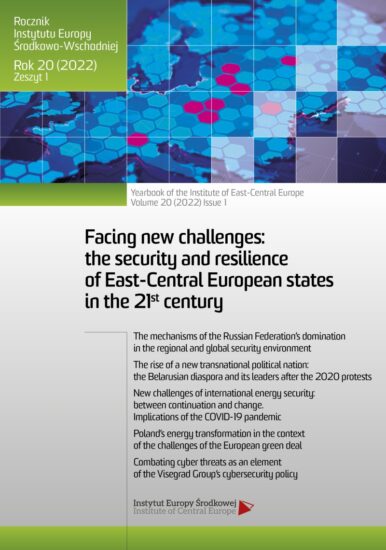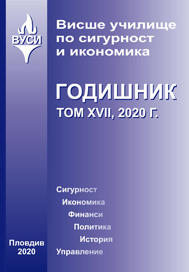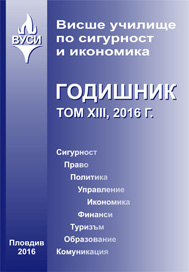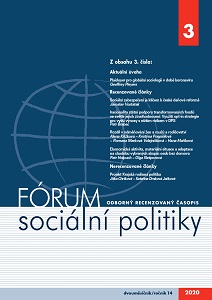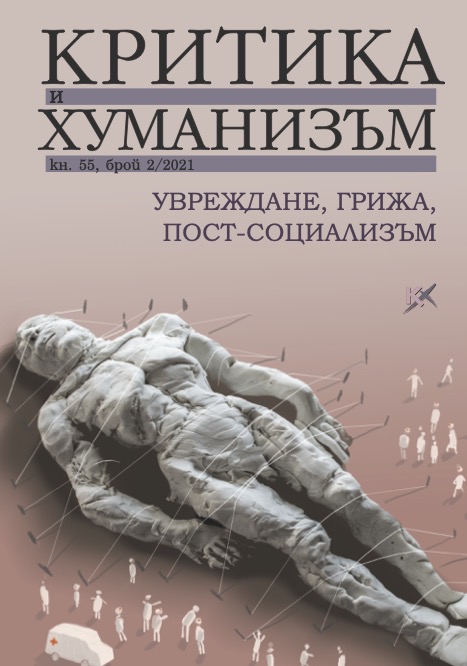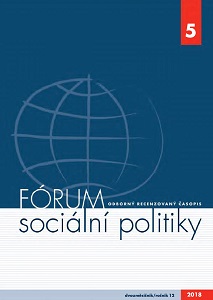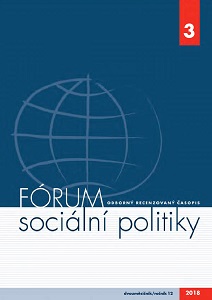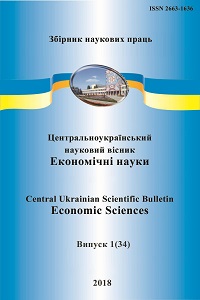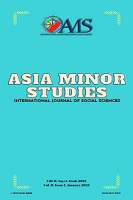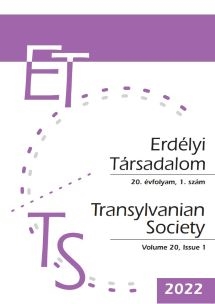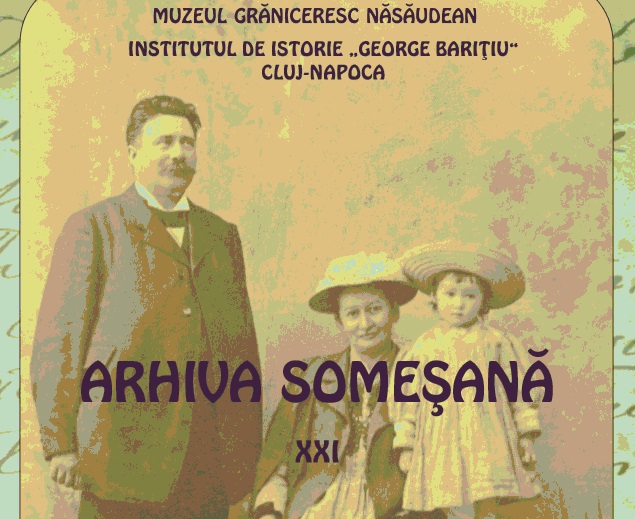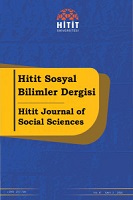ტანას (ატენის) ხეობის მოსახლეობის დინამიკა (დემოგრაფიული, ეთნიკური და სოციალური ცვლილებები)
The history of Ateni Gorge, one of the strategic places of Georgia and Shida Kartli and the dynamics of it’s population over the centuries have been studied in the article according to the archival documents and narrative sources.Tana Basin is located in the central part of the northern slope of the Trialeti Range, between the Trialeti, Satskhenisi and Tsereteli ridges. Tana starts at the east of Jamjama Mountain and joins the Mtkvari from the right at the intersection of Gori and Khidistavi.Traces of the first inhabitants of the Tana Gorge can already be seen from the Middle Bronze-Late Bronze Age. The "Tana Gorge" was already known in the IV-VII centuries and was included in the administration of Spaspeti.In addition to strategic locations, fertile lands, forests and pastures, the road from the ShidaKartli to KvemoKartli, Armenia and Meskhet-Javakheti through the Kldekari Saeristavo passed through the Tana Gorge. There were plenty of tax collections coming through Ateni road and this was the reason why the royal court or other feudal lords were interested in its economic benefit.The Tana Gorge has been owned by the Georgian Royal Court and the Church for centuries, but at different times the the Baghvashes, the Tsitsishvils, the Orbelians, the Eristavs and others had large estates here. In the 10th century, the "country of Ateni" was owned by the most powerful feudal house of the Bagvashes but the first king of the united Georgia, Bagrat III, confiscated the fortress of Ateni from the Bagvashes and took possession of it.The Bagvashes did not give up the strategic Gorge without a fight, but were eventually defeated by the Royal Court.A number of inscriptions of the AteniSioni indicate the large-scale construction of the city at the initiative of Bagrat IV in the X-XI centuries in the "country" of Ateni. In these inscriptions"borders," " making riverbed" and other actions are mentioned.Ateni became even more important during the reign of David the Builder. The Royal wealth was kept here.The Ateni and Tana Gorge have since been the subject of constant attention and care from the Bagrations.At the end of the XVIII century, thanks to the constant invasions of the Leks, the population in the Ateni Gorge was catastrophically reduced and it was repopulated only in the 1920s.
More...
